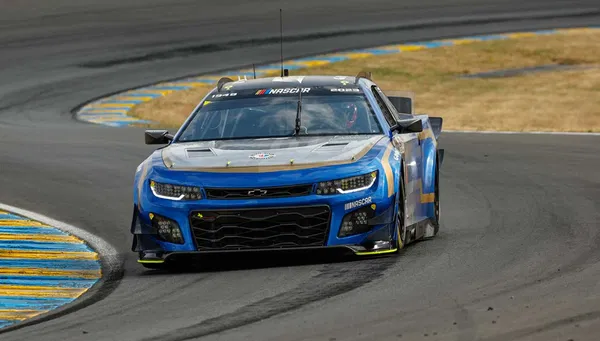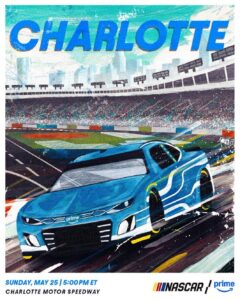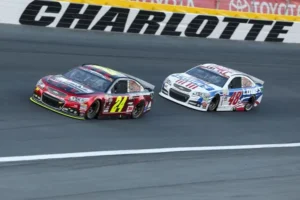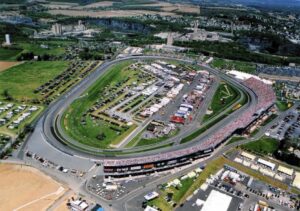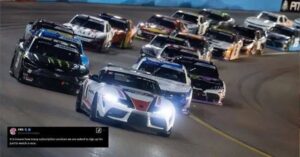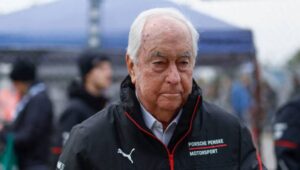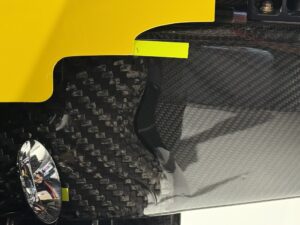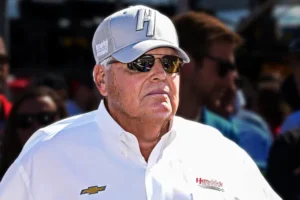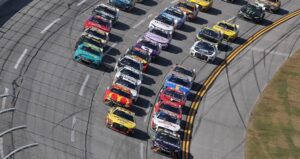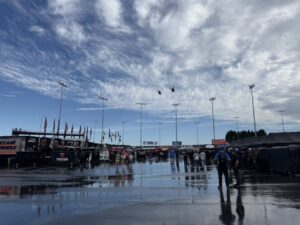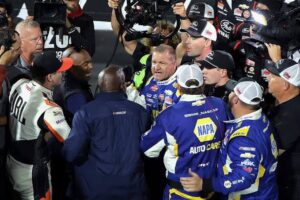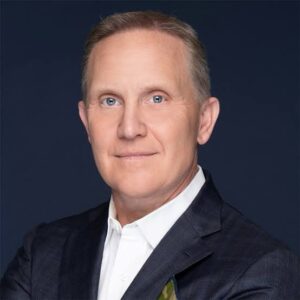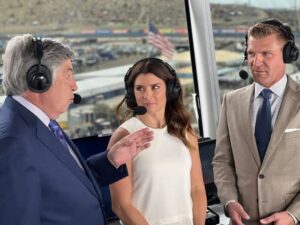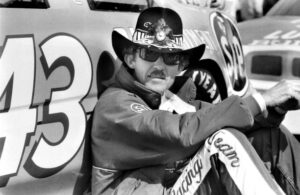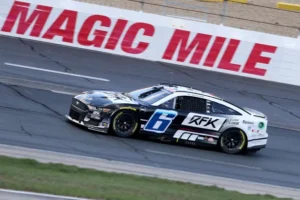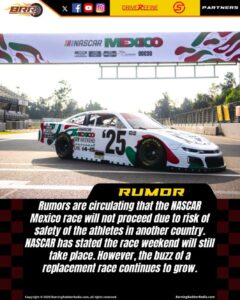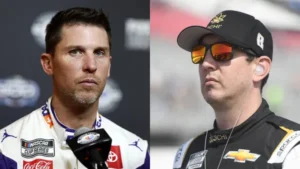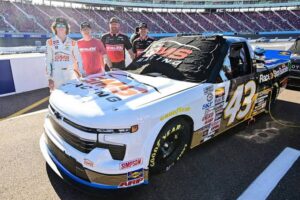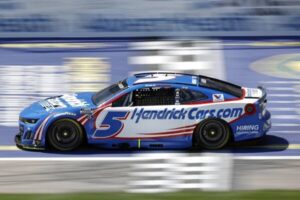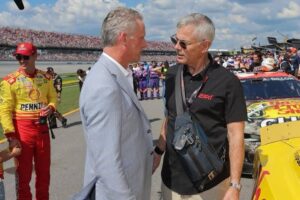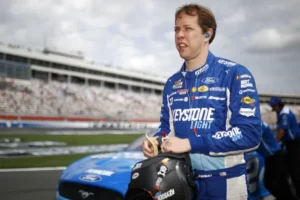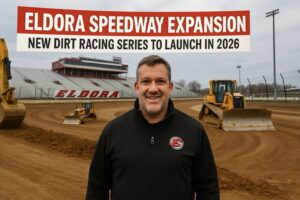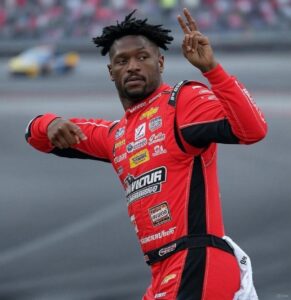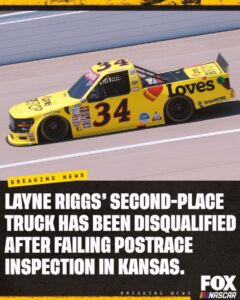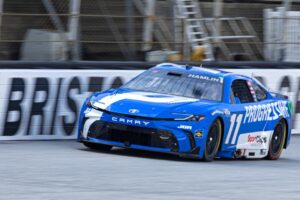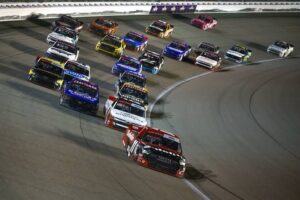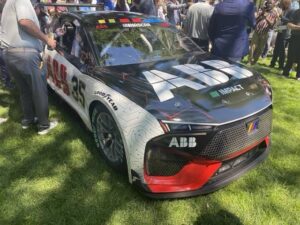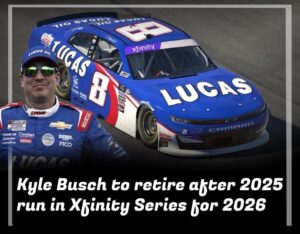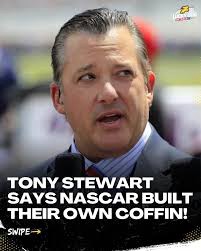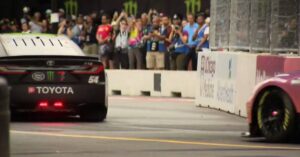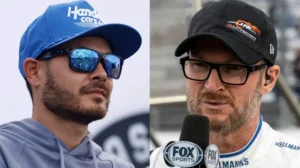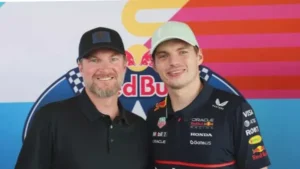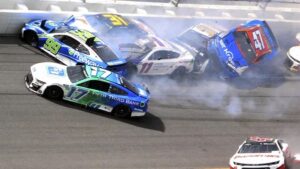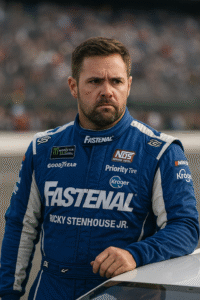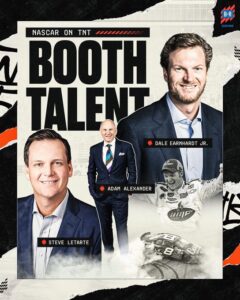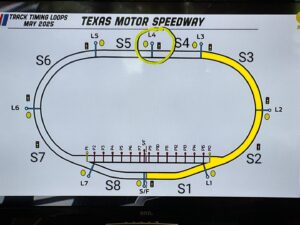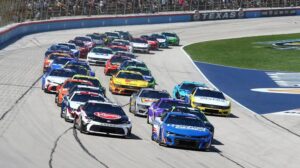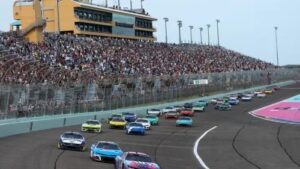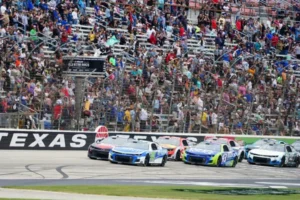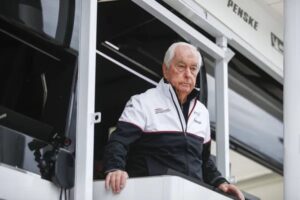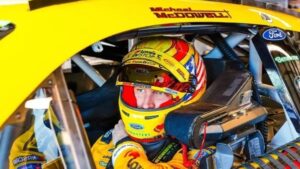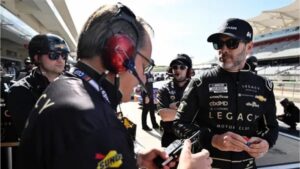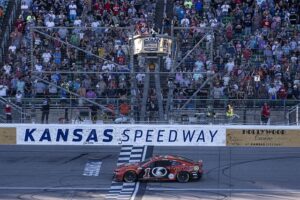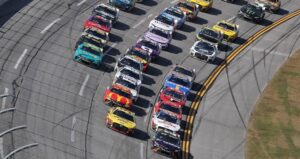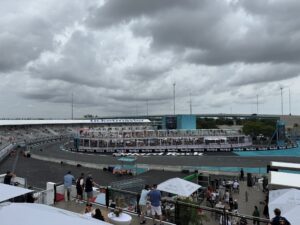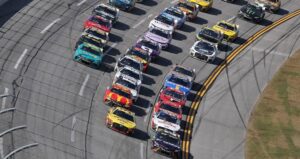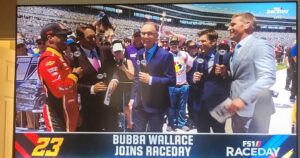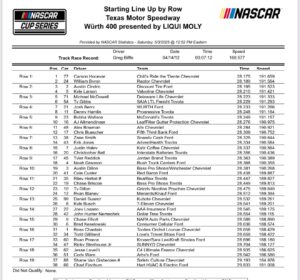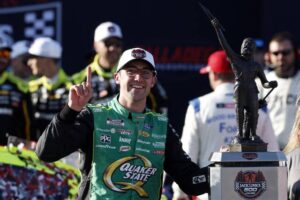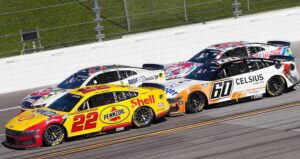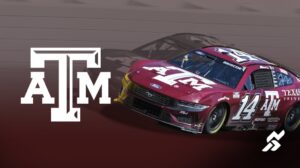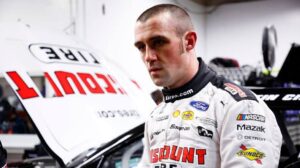Legendary Engine Builder Silences Next-Gen Haters As Horsepower Debate Intensifies Amid NASCAR’s All-Star Curveball
The ongoing debate over NASCAR’s Next Gen car and its horsepower limitations has reached a boiling point, with legendary engine builder Doug Yates of Roush Yates Engines stepping into the fray to address critics and outline pragmatic solutions. Meanwhile, drivers like Denny Hamlin and Joey Logano are pushing for change, while NASCAR officials remain cautious, creating a high-stakes tug-of-war over the sport’s future. Here’s a breakdown of the key dynamics shaping this debate:
1. Doug Yates’ Reality Check: 750 HP Is Feasible, 900 HP Is Not
Yates, a respected voice in engine development, argues that increasing horsepower from the current 670 HP to 750 HP is achievable without major cost overhauls. The Next Gen car’s current engine design allows for this adjustment by simply modifying the tapered spacer (a plate that restricts airflow), requiring minimal engineering changes . However, he dismisses calls for reverting to the 900 HP era, citing prohibitive costs and reduced engine longevity. In the past, teams spent up to $4.5 million per car on engines that lasted only a single race weekend, a model Yates calls unsustainable today .
2. Drivers vs. NASCAR: Clashing Priorities
- Drivers’ Perspective: Denny Hamlin and Joey Logano lead the charge for more horsepower, arguing it would improve racing by increasing tire wear, widening the racing groove, and putting control back in drivers’ hands. Hamlin emphasizes that engine costs for 750 HP units are identical to current 670 HP engines, dismissing claims of financial strain .
- NASCAR’s Caution: John Probst, NASCAR’s Chief Racing Development Officer, counters that higher horsepower could widen performance gaps between teams and escalate costs. He highlights the need to balance innovation with financial sustainability, especially as the sport explores hybrid technologies .
3. The Short-Track Dilemma
The Next Gen car has struggled on short tracks like Bristol and Martinsville, where drivers complain of limited overtaking opportunities. Reduced horsepower has made cars “too planted” to the track, minimizing throttle modulation and mechanical grip challenges. Yates and Hamlin agree that a modest horsepower bump could force drivers to lift off the throttle more, creating passing opportunities .
4. The All-Star “Curveball”
Amid the debate, NASCAR floated the “Run What You Brung” concept for the All-Star Race, allowing teams to experiment with unrestricted engine and aerodynamic setups. While drivers like Hamlin initially supported the idea, they later opposed it due to fears of spiraling costs. This tension underscores the sport’s broader challenge: balancing innovation with fiscal responsibility .
5. Safety and Sustainability: The Overlooked Factors
Yates and NASCAR officials also stress safety concerns tied to horsepower. Past incidents at Michigan International Speedway, where cars hit 220 mph, prompted horsepower reductions to curb speeds. Additionally, NASCAR’s push for multi-race engine durability (16 engines must last two weekends) aligns with cost-saving measures but limits power potential .
The Path Forward
While Yates advocates for incremental changes, the debate reveals deeper philosophical divides:
- Traditionalists yearn for the visceral thrill of high-horsepower racing.
- Modernists prioritize parity, cost control, and hybrid integration.
As Hamlin succinctly put it: “Let’s just try [750 HP] and see if it puts it back in the drivers’ hands” . Whether NASCAR heeds this call—or continues its cautious approach—will shape the sport’s identity for years to come.
Final Take: The horsepower debate isn’t just about speed; it’s a microcosm of NASCAR’s struggle to honor its roots while evolving for a new era. With engine builders, drivers, and officials all pulling in different directions, the solution may lie in compromise—but time will tell if pride or pragmatism prevails.
